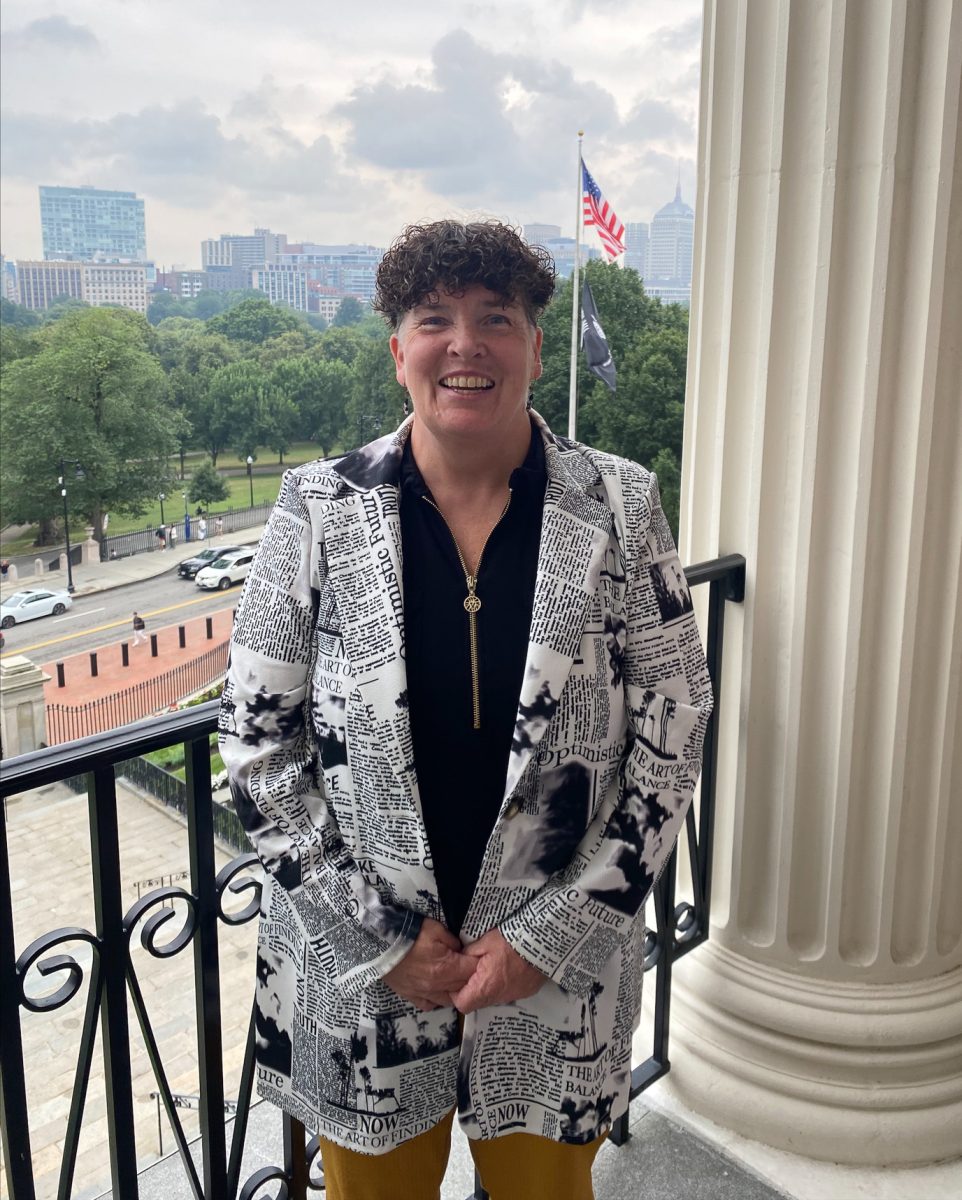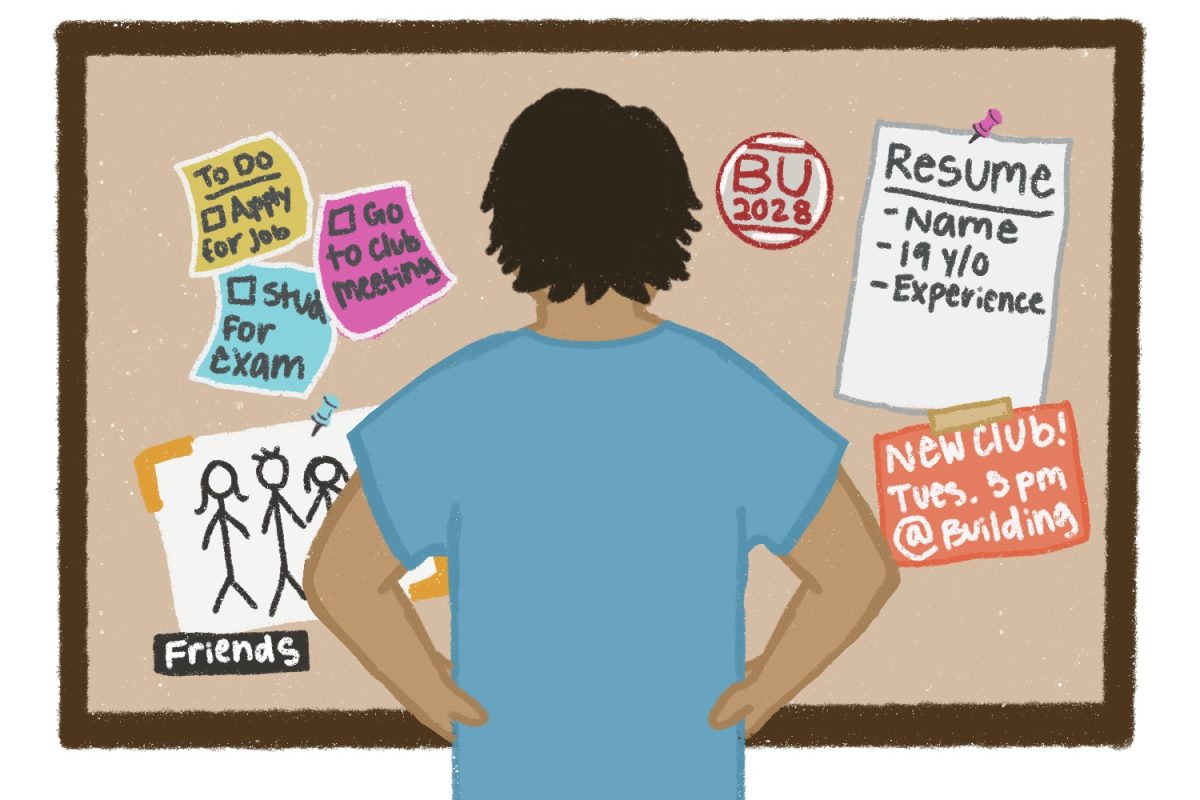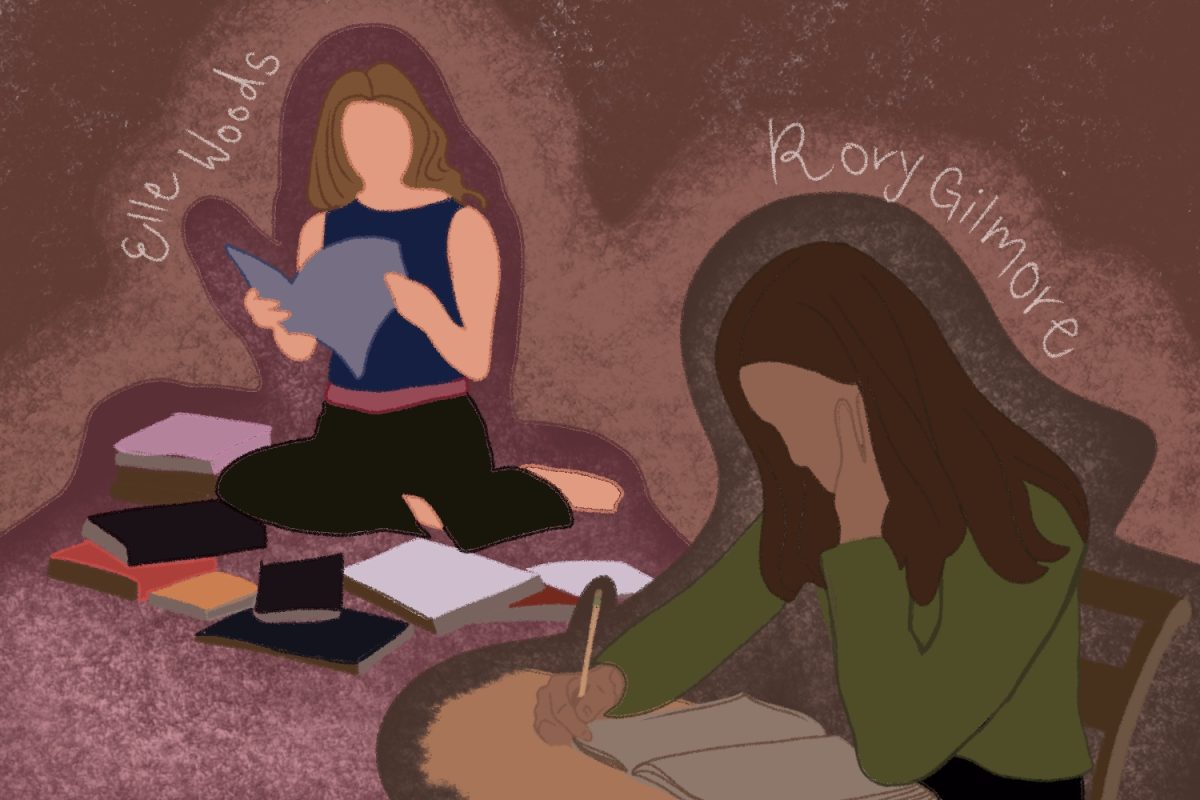As National Eating Disorder Awareness Week continues, debate over the threat of eating disorders has extended to all corners of Boston University and has now made its way into the State House where legislators today
Rep. Kay Khan (D-Newton) called for insurance companies to provide coverage for eating disorders in a forum to discuss amendments to the Mental Health Parity Law at the State House on Wednesday.
“If we don’t take care of [eating disorders] early on, the problem escalates and will be more costly,” Khan said.
The amendments to the Mental Health Parity Law, which was passed in 2000 to ensure fairer treatment of mental illnesses, would classify eating disorders as a mental illness.
Catherine Steiner-Adair, a clinical psychologist who has studied eating disorders for 25 years, backed the legislation, saying that most people do not realize the danger behind eating disorders.
Calling them a serious threat, Steiner-Adair said eating disorders claim 10 million lives in the United States each year, 9 million of whom are female.
“Early intervention and early treatment is the key to tackling it, through good, effective and thorough care,” she said.
Ideally, it would take between three and six months to effectively cure an eating disorder, but most hospitals only keep those patients for 10 days, Steiner-Adair said.
At BU, members of the local chapter of the Red Cross and nearly 100 students and Resident Assistants evaluated the merit of eating disorder treatment at the Photonics Center, as they listened to facts and advice from members of the Eating Disorder Awareness Panel, sponsored by the Health and Safety Committee of the BU Red Cross Volunteers and the BU Nutrition Club.
Elizabeth Pratt, Associate Director of the Eating Disorders Program at BU’s Center for Anxiety and Related Disorders, said eating disorders are categorized into three subsets: anorexia, bulimia and eating disorders not specified.
According to Pratt, non-specified eating disorders are the most common and include severe body-image distress, severe dieting without being underweight, vomiting without overeating and binge eating without purging, whose sufferers are usually obese.
Pratt said CARE’s personnel use Cognitive Behavioral Therapy to treat many types of eating disorders.
There really are scientific reasons for why one should get these treatments, she said[CBT] works at differential levels for each of these disorders.
Massachusetts General Hospital Clinical Inpatient Dietician Monica Van Winkle spoke about the physical damage caused by eating disorders, noting that 90 percent of women with anorexia have significant bone loss that is not always reversible. Other health repercussions include temporary infertility, muscle weakness and muscle breakdown, with possible deterioration of the heart muscle and cerebral atrophy in more severe cases.
Cardiac arrest is the most common cause of death in anorexia [patients], she said. Suicide is also a common cause.
Van Winkle emphasized the importance of developing a positive body image and the futility of crash diets, and said Americans spend $40 billion annually on dieting and related products, but 95 percent of dieters regain the lost body weight in five years.
Sargent College of Health and Rehabilitation Sciences sophomore Angela Morello shared her battle with anorexia with the audience and emphasized the denial that most eating disorder sufferers experience.
You just don’t realize it when you’re in that moment, she said. You can literally rationalize anything.
Panelist Leonard Zaichkowsky said he dealt with the growing prevalence of eating disorders among student athletes. A professor of Education, Graduate Medical Sciences and Psychiatry, Zaichkowsky also serves as the director of BU’s sports psychology clinic. He said the center is the only one of its kind in the country and stressed the need for coaches to be aware of athletes risk for eating disorders.
The world of sport is full of this particular disorder, he said. [The] eating disorder is accompanied by an addiction to exercise.
According to Zaichkowsky, eating disorders that once only applied to aesthetic sports, including the female-dominated sports of figure skating and gymnastics, are now affecting athletes in the male domain as well. Zaichkowsky said eating disorders have especially appeared in wrestlers, whose coaches push them through vigorous weight cutting exercises.
Children’s Hospitals Chief Social Worker at Inpatient Psychiatry Dawn Martinez explained an alternative treatment for eating disorders to the audience. At Children’s, Martinez uses narrative treatment, which is not termed an evidence-based therapy as CBT is.
According to Martinez, narrative treatment is based on empowerment of the client and his or her family. She said the treatment also stresses that the patient’s identity is separate from the eating disorder.
There is no way anyone can fight this tenacious illness on their own, she said.















































































































